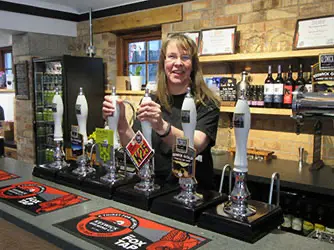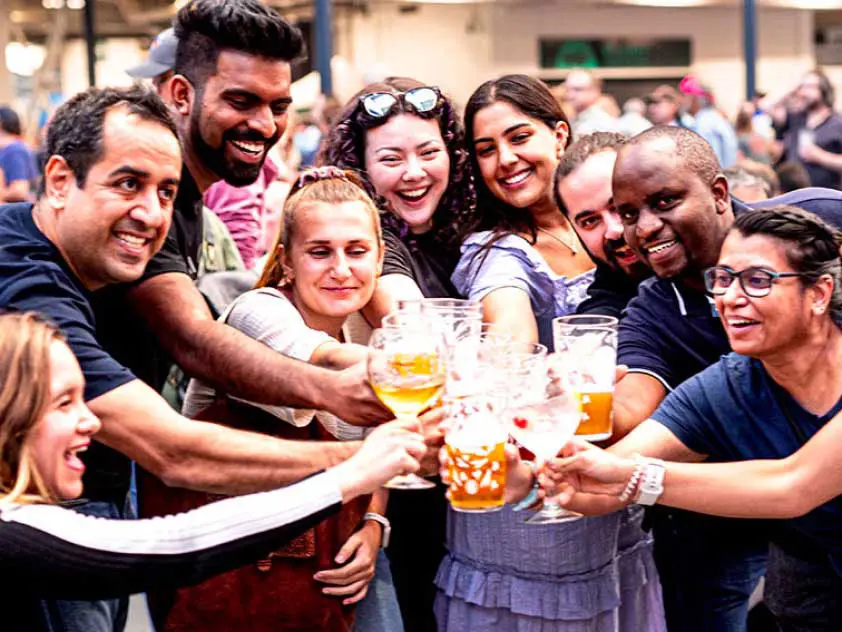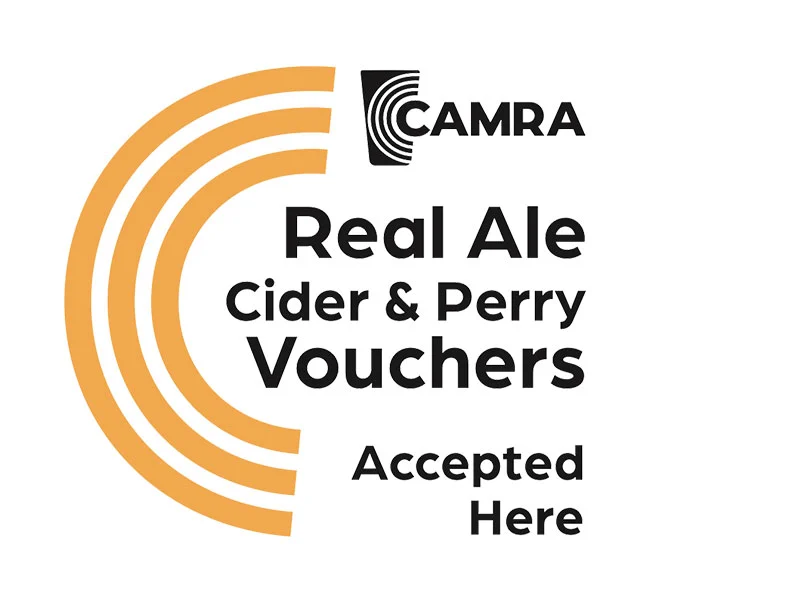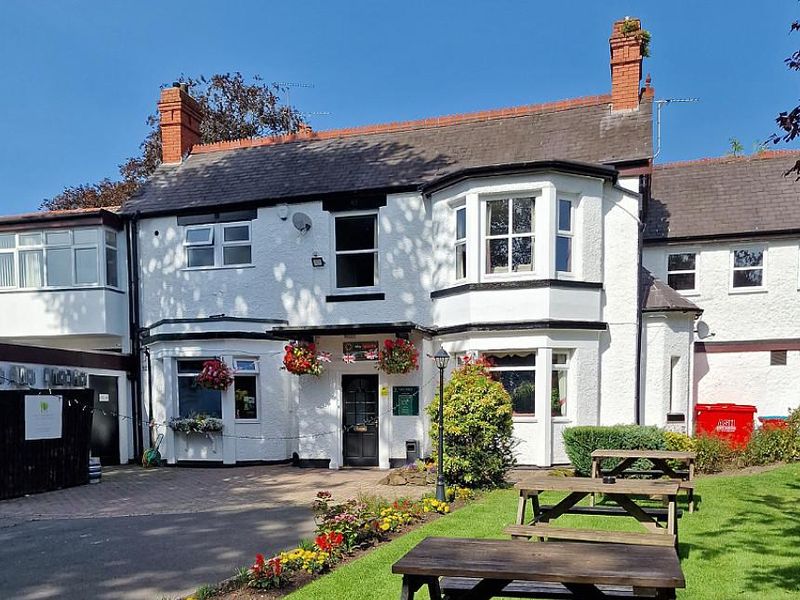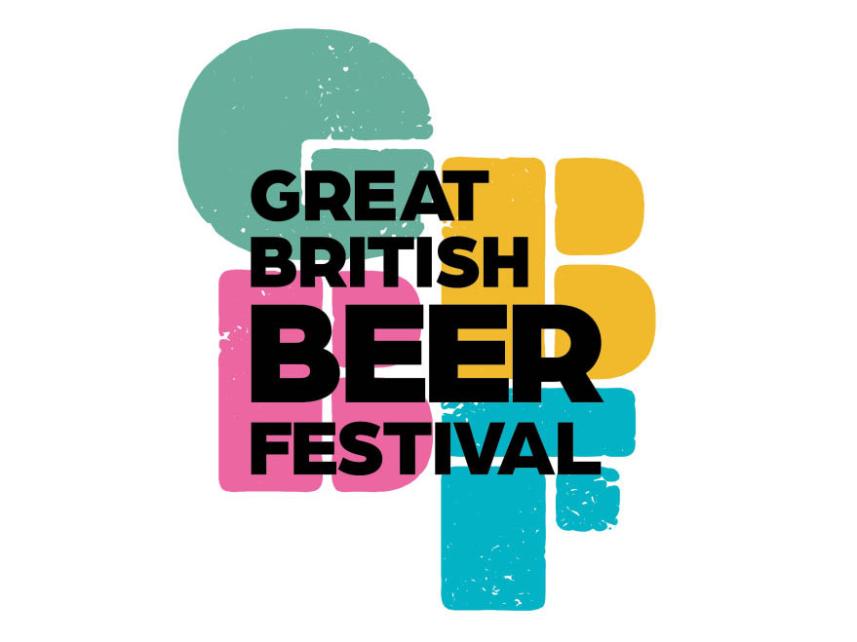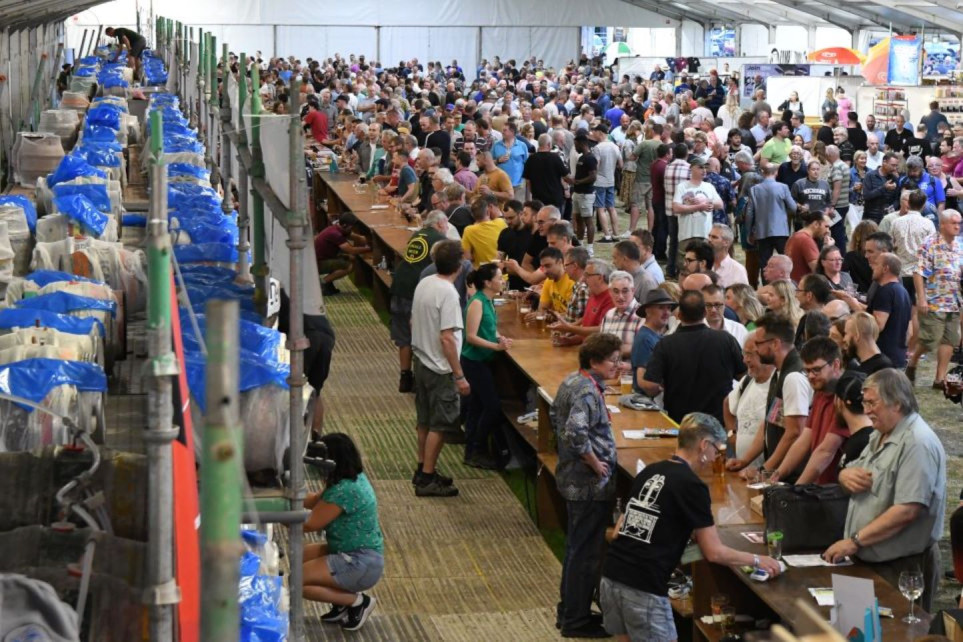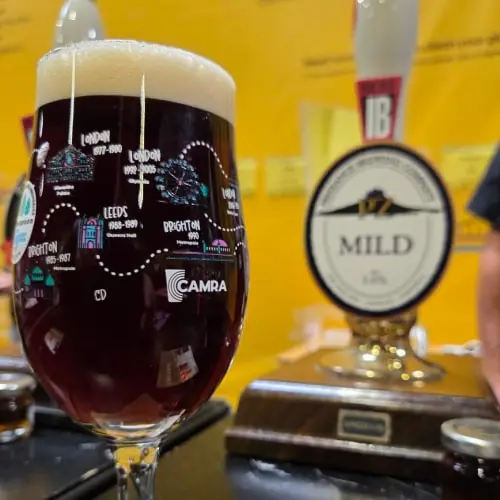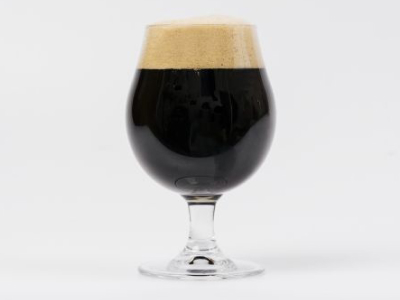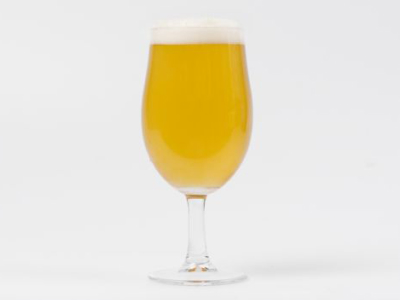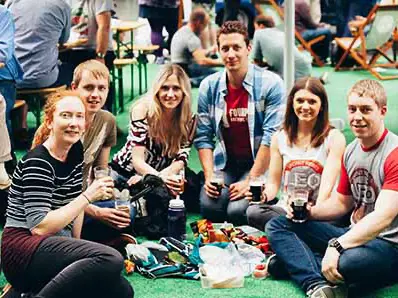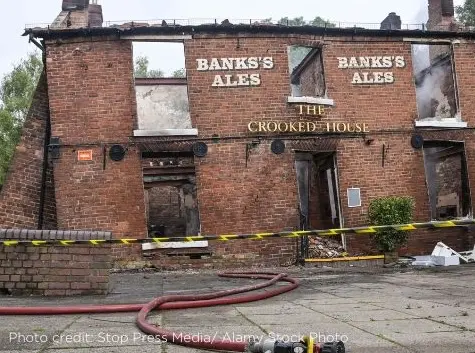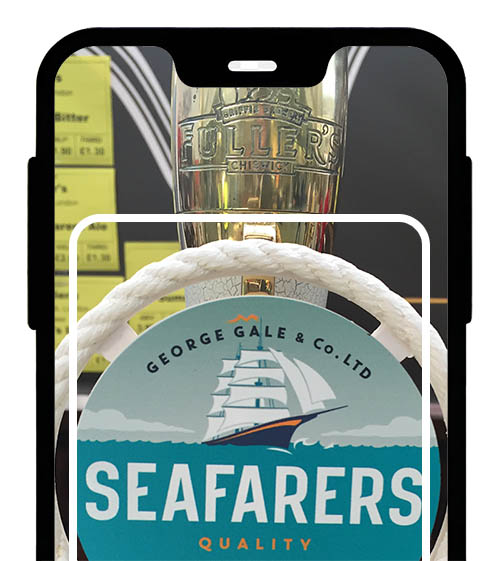Download a PDF copy of this page
1. CAMRA and Pub Preservation
Campaigning for Real Pubs as well as Real Ale
When CAMRA was formed in 1971, its mission was simple – to campaign for improvements in the quality and variety of British beer by first saving and then promoting real ale. Pub campaigning was, understandably, low key at this stage though the importance of having ‘proper’ pubs in which to drink real ale was recognised – CAMRA’s
initial Articles of Association (1976) include ‘To campaign for the retention and reinstatement of the facilities of the traditional British pub including the public bar.’
Pioneers – the York Pub Conservation Group
Nationally, this was a period when threats to historic buildings, including pubs, had become many and various. Something had to be done and the York branch was the first off the blocks, setting up a Pub Conservation Group in 1978 to react to pub preservation issues locally. Its numbers included Dave Gamston and Andrew Davison, both still active members of our Pub Heritage Group. The PCG campaigned to save threatened city pubs as well as developing a Pub Preservation Manifesto (of which more later) and working to achieve statutory listing of the architecturally and historically most important pubs.
Pub Preservation Goes National
In 1979, at the instigation of the then national Chairman, the late Joe Goodwin, a Pub Preservation Group (PPG) was formed as a committee reporting to the National Executive.
The founding members were Ian MacMillan and Tony Molyneux (Merseyside), Robin Bence (Greater Manchester) – all experienced at fighting pub closures – and Peter Lerner, a town planner. Later members included pub campaigners Jenny Greenhalgh and Dave Gamston, town planners Barbara Millns and Jan Molyneux and architects Rod Shelton and Roger Sedgley.
PPG’s remit was not confined to heritage pubs. It existed to help fight any unwanted threats of closure or alteration to pubs, regardless of age and beauty, though it also aimed to highlight the best features of traditional pubs, socially, historically and architecturally.
Conferences and Publications
PPG organised three very successful national pub preservation conferences in the early 1980s, one at York University and two at Oxford Brookes University, attended by CAMRA activists, brewery architects, conservationists and town planners. It also produced two influential publications – Pub Preservation in 1980 and, jointly with SAVE Britain’s Heritage, Time Gentlemen Please (1983). The latter featured a series of articles describing the range of pub architecture from remote country inns to jazz age road houses of the 1920s and 1930s. The former was more directly a campaigning venture with a strong emphasis on pub-saving endeavours; only the contribution from York had an emphasis on conserving historic features. A follow up was a widely-distributed A6 leaflet A Manifesto for Pub Preservation which built on work by the York group. Again, it had twofold aims – to maintain a healthy and varied choice of pubs generally but also both to preserve the pub as an institution and, specifically, to conserve pub buildings – ‘helping to ensure that proper care is taken of the physical fabric, including both external and internal features, of those pubs which are of historical, architectural or other special value’.
This last ambition was accompanied by a set of objectives:
- To identify and record those pubs whose physical character or particular physical features are specially worthy of preservation;
- To draw attention to the merit of particular pub styles and features;
- To encourage the promotion of conservation schemes;
- To help resist irreversible changes where these would have an adverse effect on the overall character or particular features of pubs of merit.
Trouble Brewing
In the late 1980s, PPG gave way to Pubs Group, which had a somewhat wider brief, including the promotion of pubs and pub-going. In 1991, the Group published its report Trouble Brewing sub-titled Pub Refurbishments – Over the Limit?. Its particular focus was on pub interiors which, as Dr Steve Parissien said in the introduction, ‘are vital and irreplaceable elements of our cultural and social heritage’. The report presented an overview of what was happening to historic pubs and provided suggestions as to how the threats to them could be effectively limited. Viewpoints were offered in articles from various architectural watchdogs – the Victorian Society, the Thirties Society, the Georgian Group and the Society for the Preservation of Ancient Buildings as well as from CAMRA itself.
The backdrop to the report was the clear lack of any shared vision or understanding of the importance of pub heritage between pub owners and regulatory bodies. The 1989 Beer Orders had brought matters to a head. They required the big brewers to sell off huge numbers of their pubs, most of which fell into the hands of a new, untried breed of pubowning companies who generally regarded their acquisitions as property assets first and pubs second. This prompted CAMRA to start compiling its own shortlist of the country’s most precious pub interiors so as to remove any excuses among the new players about their rarity and importance.
2. The National Inventory of Historic Pub Interiors
Pubs to Save – Emergency Initiative
In March 1992, Dave Gamston, on behalf of Pubs Group, sent out a letter, far and wide, headed ‘Pubs to Save – Emergency Initiative’. It listed candidate pubs in all parts of the
UK drawn from recommendations Dave had already received and from books such as
‘The Quest for the Perfect Pub’ by Nick & Charlie Hurt and Neil Hanson’s two books ‘Classic Country Pubs’ and ‘Classic Town Pubs’. Recipients were asked to advise Dave of additions, deletions or strong confirmation of entries on the list that could be described as ‘pubs whose interiors are indisputably of outstanding national importance.’ The feedback included marvellously generous contributions from a handful of individual pubophiles who had hitherto gone under the radar but had already spent a decade or more scouring the country for heritage pubs in pursuit of their passion as a personal hobby interest. Notable names here are Dave McKerchar, Dave Burns, Rodney Wolfe Coe, Tim Webb, Mick Slaughter and George Williamson. The result, in October 1994, was a document titled ‘Pub Interiors of Outstanding Architectural or Historic Importance – A National Listing’ or The National Inventory for short. This was very much a consultation document, issued not just within CAMRA but to the professional audience – all UK planning authorities, built environment bodies, beer industry professionals and so on – partly with the key aim of getting them ‘signed up’ to the listings.
CAMRA Input on Pub Listings
In the meantime, another important strand of activity was under way. Peter Barnes, himself a major figure in CAMRA’s pub heritage journey, had got wind that English Heritage (as was) had begun work on listing guidelines for pubs and he engineered first contact with Martin Cherry, EH’s then Head of Listing. This led to a meeting in September 1992 between Martin, Bob Hawkins and Pete Smith from EH, Peter, Dave Gamston and Roger
Sedgley from CAMRA plus the principal caseworkers from the Victorian Society (Richard Holder) and the Twentieth Century Society (Julian Holder). The three CAMRA representatives then formed a sub-group of Pubs Group to progress partnership working with EH on listing guidelines, including local pilot studies (and also to look at developments around the Inventory).
In 1994, EH issued specific listing guidance for pubs entitled ‘Pubs – Understanding Listing’. This represented a huge step forward and very many pubs have subsequently been given the added protections flowing from statutory listing (of which, more later).
National Inventory Goes Public
Back to the National Inventory (NI). This first appeared on public release in the 1997 Good Beer Guide with179 pubs listed. Of these, 74 are no longer on the list, some having closed, others ruined by alteration and a few re-evaluated as not being of top standard. Since 1997, a symbol to indicate that a pub is on the NI has appeared in every edition of the GBG.
Interwar Pubs and the Inventory
An early debating point for the project was the inclusion of pubs of the interwar period, particularly those that were intact but considered prosaic. By 1997 the consensus was to admit only outstanding examples of such pubs as ‘including interwar pubs on the strength of their intactness alone will not bring credit to our national selection’. However, in 2001 it was agreed that all fully intact pre-war pubs should be included - with the Hand & Heart, Peterborough being one beneficiary of this change of heart.
3. Listing and Publication Successes
Joint Initiative – CAMRA and English Heritage
The next major development came in 1998 when CAMRA and EH jointly funded a specialist caseworker on historic pubs. The main brief of the appointee, Dr Geoff Brandwood, was to speed up assessments of NI pubs for statutory listing and to improve descriptions of pubs already listed. Geoff achieved great things during his tenure and we have built strongly on his work – nearly 250 of the 280 pubs on the NI are now listed, an impressive 90%. Geoff sadly passed away in November 2021 – he was a wonderful chap and the loss to pub heritage has been enormous.
Regional Inventories of Historic Pub Interiors
Also in 1998, Pubs Group agreed that a next tier of inventory pubs, based on regions, should be developed. As with the NI, the gestation period for the Regional Inventories (RI) was a lengthy one, necessitating much consultation both internally and externally. The intention was to produce booklets (books from Scotland onwards) for each region featuring both NI and RI pubs but the first (for London) did not appear until 2004, followed by East Anglia (2005, with a fully revised and updated version in 2022), the North East (2006), Scotland (2007) and Wales (2010). The Yorkshire guide was first published in 2011 with a revised edition in 2014. The set was completed by the Midlands (2015), North West (2017), South West (2019) and South East (2020). In 2008, London Heritage Pubs – an
Inside Story was published in a somewhat different format but serving the same purpose.
A Northern Ireland guide was made available in 2006 as a web-based only publication. Since 2020, pdfs of all the guides have been accessible from the Pub Heritage website; as the pub descriptions are drawn directly from the database, these guides have the advantage of being kept continuously up to date.
National Inventory Publications
A booklet listing the NI pubs (by now 212) was published in 1999 but it wasn’t until 2013 that a detailed book (Britain’s Best Real Heritage Pubs – edited by Geoff) followed – it and the revised edition from 2016 have now sold over 15,000 copies. The NI itself has grown to 280 (as at December 2020).
NI Pub Features in What’s Brewing
In 2001, the then-editor of What’s Brewing, Ted Bruning, launched ‘Beer’ – a newspaper supplement – and chose to feature an NI pub on the front and back of each edition, thus significantly raising the profile of the project with the membership. When Beer was subsequently relaunched as a quarterly magazine, the pub heritage articles continued, albeit in a less prominent position.
Pub Heritage Group (PHG) Formed
Up until 2001, key decisions around pub heritage matters had been taken by Pubs Group itself (or Pub Campaigns Committee, as it had now become). At this juncture, it was agreed to establish a separate ‘Heritage Task Group’ and that group met initially as a National Inventory Review Group. The first meeting of the Pub Heritage Group, chaired by Dave Gamston, took place in October 2002. I took over as chair in October 2003 at a meeting which considered whether or not to admit post-war interiors to the NI. It was agreed to accept a minimum age of 30 years in line with EH listing practice (though the cut off date was later adjusted to 31/12/69)
During this period, the most time-consuming business item at PHG meetings was the list of possible deletions from, and additions to, the NI; at the August 2014 meeting, for instance, a total of 59 pubs were discussed in the light of visits and other reports. Thankfully, for the sanity of all concerned, the number of outstanding assessments has come down over the years though even at the most recent meeting there were 23 pubs requiring verdicts. PHG has always set great store on the need for thorough research and sufficient personal visits before final decisions are made.
Historic Pub Interiors Website
The historic pub interiors website (www.pubheritage.camra.org.uk) was launched in 2006 and has been continually developed and improved ever since under the expert guidance of Andy Shaw. The heart of the site is the listings of all inventory pubs, each of which has a detailed description and photographs. Also on the site are the aforementioned pub guides plus a wide range of features on the likes of protecting heritage pubs, getting involved, advice for planners and architectural terms. The website is a repository for the pub heritage news bulletins which have been issued monthly since 2001 – these are also sent direct to subscribers, now numbering nearly 600 (sign up at bulletin@pubheritage.camra.org.uk)
More Pub Listings
Meanwhile, PHG continued to seek statutory listing for NI pubs, helped by the fact that
Geoff Brandwood was still involved with the Group as a caseworker. The launch of the Scotland’s True Heritage Pubs regional guide led to Historic Scotland carrying out their own thematic review of pubs which resulted in 11 new listings (including a post-war pub, the Laurieston Bar, Glasgow), eight upgradings and 40 listed pubs having their interiors fully described in the listings. Consultations on the Yorkshire regional guide resulted in an invitation from EH to submit listing applications for NI pubs in the county, most of them interwar and these were welcomed for their exemplary content and presentation. Later we were influential in EH (now Historic England) undertaking an interwar project that resulted in 27 new pub listings and then a post-war equivalent leading to six more listings.
In 2018, we approached Dr Deborah Mays, Head of Listing at Historic England, about our concern that many listed NI pubs had poor or no internal descriptions. She invited us to propose ten pubs in particular need of detailed descriptions which HE staff went on to produce. A by-product of the exercise was the highly-gratifying decision to upgrade the Philharmonic, Liverpool from Grade 11* to Grade 1 – the first Victorian pub to be so highly listed.
We submitted a second tranche of proposals in 2021 and this resulted in three new listings, two upgrades from Grade II to Grade II* and ten more enhanced descriptions.
4. Recent Threats and Initiatives
Pubs of Some Regional Interest and Local Inventories
By now we had comprehensive lists of pubs that met our criteria for national and regional inventories (the latter also including a category of Some Regional Interest to acknowledge much-altered interiors that contained some interesting historic features). We were, though, keen to encourage CAMRA Branches to develop their own local lists that would also cover interiors where the heritage aspects might extend no further than fragments but there was still sufficient to interest visitors. Several Branches (and the London Region) have worked on such lists but the prize must go to Sheffield and their excellent Pub Heritage Officer, Dave Pickersgill. Their local inventory (which also includes NI and RI pubs) was first published as a free download in 2017 and then as a fully-fledged book in 2018 – both have proved highly popular. A third edition emerged in October 2019 with a fourth planned for October 2021. Downloads have now passed 200,000.
Increased Threats to Historic Pub Interiors
This history was originally written at the tail end of 2020, the year the COVID pandemic began and which had an enormous impact on our heritage pubs as on everything else. In the event, though, less lasting damage was done that we feared and by early 2022 the licensed trade was recovering pretty well – new pub/bar openings were in fact exceeding permanent closure. However, as I now write (October 2022), we are entering a further crisis time for pubs – costs, especially for energy, are soaring, customer spending power is much depleted and staff shortages are endemic in the hospitality industry – a perfect storm. Many pub businesses will inevitably go under and the only hope is that enough new operators will emerge once normality returns. The public appetite for pub-going generally and for visiting historic pubs in particular will not have have gone away – we need the pubs still to be there to satisfy those cravings. Already we are seeing opportunistic planning applications from developers claiming that this or that pub can never again be viable so let us have change of use please. CAMRA is imploring planning authorities to take the long view and stand firm on their pub protection policies.
Protecting Inventory Pubs
Meanwhile, the work of PHG will go on. The inventories require continual scrutiny and maintenance and a close eye has to be kept on the pubs concerned. A major task for PHG, not so far highlighted, is to ensure that everything is done to protect inventory pubs that come under threat either of closure or of unwanted alterations. We will always liaise closely with the local CAMRA Branch but also take action ourselves. A very recent example will illustrate what we do. In early December 2020, Mick Slaughter was alerted by a heritage pub enthusiast that the lease of the Berkeley Arms, Purton, Gloucestershire had been put up for sale. This is a small, remote, simple and unspoilt country pub of a kind now vanishingly rare. As a commercial proposition it is hopeless in its current form but as an intact example of a type of pub once very common it is utterly precious. Mick passed this on to me and I contacted the owners, Berkeley Castle Estates, somewhat alarmed by a statement in the sales particulars that they would invest in improving/extending the pub on request. I wrote to them, stressing the pub’s heritage importance and, indeed, the commercial value of that status. I pointed to examples of similar pubs where the historic core had been sensitively preserved within a development scheme such as the Sun, Leintwardine, Herefordshire and the Drewe Arms, Drewsteignton, Devon. This elicited a positive holding response. The pub building itself has no architectural distinction and has therefore never been considered for statutory listing. However, given its rarity as a type, I felt it worth contacting Historic England. Fortunately, we have a PHG member, Luke Jacob, who works in listing for HE; he in turn contacted colleagues in the south-west who indicated that they would welcome a listing application – so one was sent off the next day. Sadly, there was no happy ending. By the time the HE inspector visited the pub, Berkeley Estates had ripped out the bar counter and bar-back along with other fittings, leaving the building as a shell. Unsurprisingly, HE considered it to be longer listable.
A Single Inventory
Having separate National and Regional Inventories has always been an untidy and somewhat confusing business, the format largely being an accident of history. Work is currently underway to create a single (National) Inventory with included pubs allocated one of three rankings:
- Three Star, where the pub has stayed wholly or largely intact for the last 50 years, or retains a particular room or feature that is truly rare or exceptional, or displays a combination of the two;
- Two Star, for pubs with interiors where the intactness and quality levels are somewhat lower than for Three Star;
- One Star, for pubs which have either a readily identifiable historic layout or retain rooms or features of special interest, but more has changed than in a Two or Three Star pub.
5. More to be Done and Acknowledgements
More Inventory Pubs and Re-evaluations
Returning to the inventories, we even now find pubs that have been overlooked and deserve recognition whilst, in other cases, research identifies a need for re-evaluation. We have a Pubs Visit list detailing those pubs currently wanting inspection by PHG members either to check on reported developments or follow up leads or just generally take a view on whether they meet the criteria for inventory inclusion. At the time of writing, the number of pubs on this list stands at over 100 so plenty of work still to do.
Joint Working with Other Heritage Bodies
As with any group, there is much we will continue to do and much more we would like to do. As an example of the latter, we are just one of many players on the heritage scene and though we have good links with some bodies, such as Historic England, there are many opportunities for forging further improved links – with civic societies for instance.
Our Volunteers
Many people, too numerous to mention individually, have contributed greatly to CAMRA’s efforts to further the pub heritage cause over the years. As noted earlier, Dave Gamston and Andrew Davison were in at the start with the York PCG. Dave, as ‘father’ of the pub heritage project, remains an invaluable source of wisdom and knowledge. He is still an active member of PHG and is currently working on the next edition of the Yorkshire’s Real Heritage Pubs guide. The same applies to Andrew whose experience and connections through his day job as a Historic England inspector have been immensely helpful; he also runs the pub heritage stand at the Great British Beer Festival, a key public face for the project. Special mention must go to another long-standing member, the indefatigable Mick Slaughter from Peterborough. Over the years Mick has visited and reported on more heritage pubs than, probably, the rest of the current PHG put together and without his tireless efforts the inventories would be in much poorer shape than they are. Another important string to Mick’s bow is his brilliant photographs which adorn both our publications and the website. The late Geoff Brandwood has already featured several times and his work as our caseworker for many years took the professionalism and credibility of our efforts to new heights – as previously mentioned, he is greatly missed. There are many others I could, and perhaps should, mention but suffice to say, they know who they are and I hope they know how much their contributions have been appreciated. It has been my personal privilege to chair PHG for the past 18 years and it has always been a pleasure to work with colleagues so passionate and knowledgeable about our precious pub heritage – between us I believe we have made a real difference.
Others to Thank
I should also thank the wider world of CAMRA and, indeed, of historic pub enthusiasts generally, who feed us valuable information and tip-offs. At national level, senior CAMRA colleagues have generally left us to get on with it and such non-interference has been most welcome and regarded as a vote of confidence. When we’ve needed it, support has been forthcoming, both from the National Executive and from our paid staff. We’re especially grateful for the excellent working relationship which has developed with our CAMRA Books arm – the healthy sales of our publications make this a mutually beneficial relationship.
To sum up, as long as there are heritage pubs to promote and protect, a Pub Heritage Group will be needed to make that happen.
Paul Ainsworth, Chair, Pub Heritage Group, October 2022
